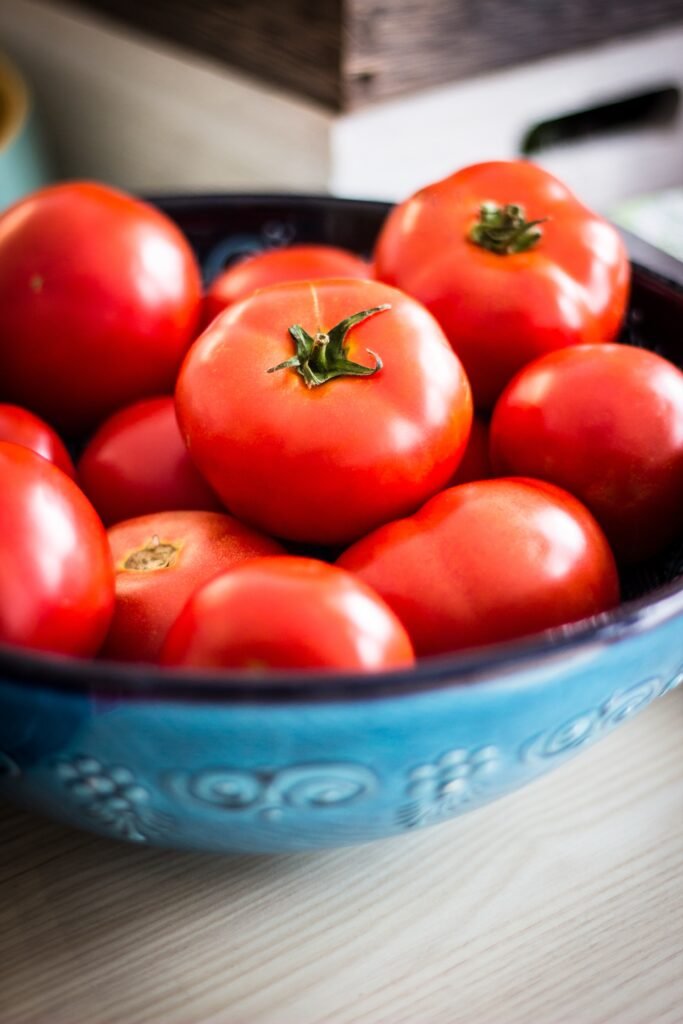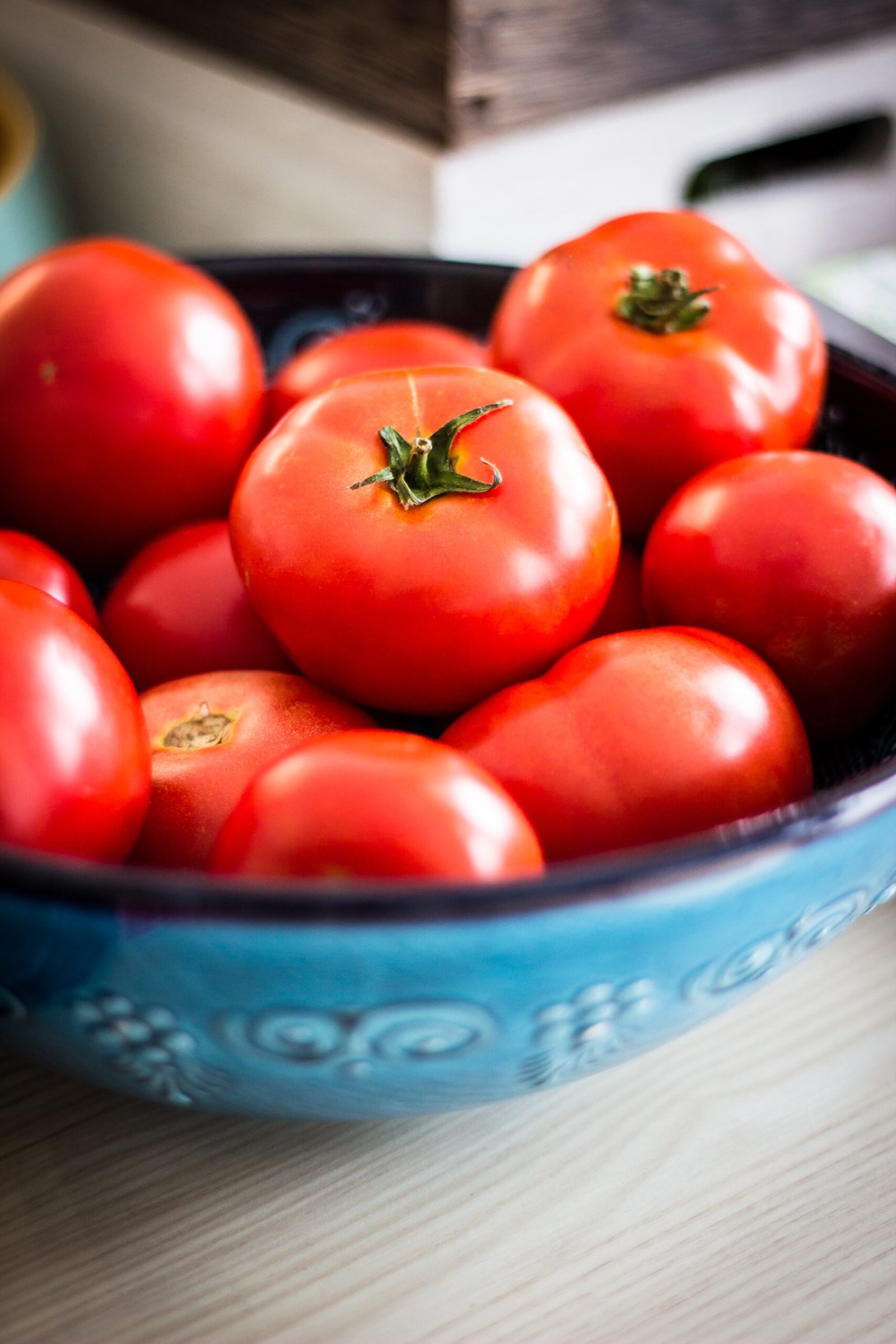So, you’re wondering whether children can safely eat high-oxalate foods, huh? Well, the answer might not be as straightforward as you think. Oxalates, naturally occurring compounds found in various foods, have been the subject of much debate when it comes to their potential impact on children’s health. Some studies suggest that excessive consumption of high-oxalate foods could lead to kidney stones or other health issues, while others argue that the risks are minimal. In this article, we’ll take a closer look at the controversy surrounding the topic and explore what experts have to say about the safety of high-oxalate foods for children.

This image is property of images.unsplash.com.
What are high-oxalate foods?
High-oxalate foods refer to items that contain significant amounts of a compound known as oxalate. Oxalate is naturally found in many foods, including fruits, vegetables, nuts, and grains. While oxalate is not harmful to most individuals, some people, particularly those with certain health conditions, may need to limit their intake of high-oxalate foods. This is because oxalate has the potential to cause kidney stones and interfere with nutrient absorption. However, it’s important to note that high-oxalate foods also offer benefits, such as being a source of important nutrients and promoting healthy digestion.
Effects of high-oxalate foods on children
Increased risk of kidney stones
One of the main concerns regarding high-oxalate foods in children is the increased risk of developing kidney stones. Kidney stones are hard deposits that form in the kidneys and can cause severe pain and other complications. While children are generally at a lower risk of kidney stones compared to adults, certain factors, such as a family history of kidney stones or underlying health conditions, may increase their susceptibility. High-oxalate foods can contribute to the formation of kidney stones in susceptible individuals by combining with calcium in the urine and forming crystals. It’s important for parents to be aware of their child’s oxalate intake and take appropriate measures to reduce the risk of kidney stone formation.
Interference with nutrient absorption
Another potential effect of high-oxalate foods on children is the interference with nutrient absorption. Some studies suggest that oxalate may bind to nutrients like calcium and iron, preventing their absorption in the digestive tract. This can be a concern, especially if a child relies heavily on high-oxalate foods as their primary source of nutrients. Ensuring a varied and balanced diet is key in minimizing the potential effects of oxalate on nutrient absorption.
Impact on dental health
High-oxalate foods can also have an impact on children’s dental health. Oxalate has been found to bind to calcium in saliva, forming crystals that can contribute to the formation of dental plaque and tooth decay. If a child consumes a diet rich in high-oxalate foods without adequate intake of calcium-rich foods, they may be at a higher risk of dental issues. It’s important to consider the overall balance of nutrients in a child’s diet to promote healthy teeth and gums.

This image is property of images.unsplash.com.
Factors to consider when assessing safety
When it comes to determining the safety of high-oxalate foods for children, several factors need to be taken into account:
Age of the child
The age of the child plays a significant role in their ability to tolerate high-oxalate foods. Younger children may have a less developed digestive system, making it harder for their bodies to process and eliminate oxalate effectively. It’s important to introduce high-oxalate foods gradually and monitor any adverse reactions or symptoms.
Individual tolerance to oxalates
Each child may have a different tolerance to oxalates. While some children may be able to consume high-oxalate foods without any issues, others may experience symptoms such as digestive discomfort, urinary problems, or even allergic reactions. It’s crucial to observe and listen to your child’s body and consult with a healthcare professional if any concerning symptoms arise.
Overall diet and nutrient intake
The overall diet and nutrient intake of a child also need to be taken into consideration when assessing the safety of high-oxalate foods. If a child’s diet is heavily reliant on high-oxalate foods and lacks variety, they may be at a higher risk of nutrient deficiencies or related health issues. Ensuring a balanced and diverse diet can help mitigate any potential negative effects of oxalates.
Existing health conditions
Children with pre-existing health conditions, such as kidney disease or certain gastrointestinal disorders, may have specific dietary restrictions and considerations when it comes to oxalate intake. It’s essential to consult with a healthcare professional, such as a pediatrician or registered dietitian, to develop an appropriate dietary plan that takes into account any existing health conditions.
How to reduce oxalate intake in children’s diet
If you are concerned about the potential effects of high-oxalate foods on your child’s health, there are several strategies you can implement to reduce their oxalate intake:
Limiting consumption of high-oxalate foods
The most straightforward approach is to limit your child’s consumption of high-oxalate foods. Identifying and avoiding foods that are particularly high in oxalates, such as spinach, beets, rhubarb, peanuts, soy products, and chocolate, can help reduce their overall oxalate intake. However, it’s crucial to remember that completely eliminating high-oxalate foods from a child’s diet is not necessary or recommended, as they also offer important nutrients.
Pairing high-oxalate foods with calcium-rich foods
Pairing high-oxalate foods with calcium-rich options can help mitigate some of the negative effects of oxalate. Calcium can bind to oxalate in the digestive tract, preventing its absorption and reducing the risk of calcium-oxalate crystal formation. For example, serving spinach with dairy products like yogurt or adding a sprinkle of cheese to a dish containing high-oxalate foods can help offset the potential impact of oxalate.
Diversifying the diet
Encouraging a diverse and balanced diet is crucial for overall health and can also help reduce oxalate intake. By incorporating a wide range of fruits, vegetables, grains, and proteins into your child’s meals, they will not only receive a variety of nutrients but also decrease their reliance on high-oxalate foods.
Cooking methods that reduce oxalate content
Certain cooking methods can help reduce the oxalate content in foods. For example, boiling or steaming vegetables can leach out some of the oxalates, resulting in lower levels compared to raw or sautéed preparations. Soaking beans or legumes before cooking can also decrease their oxalate content. It’s important to note that these methods may also lead to some nutrient loss, so it’s essential to strike a balance between reducing oxalates and preserving nutrient value.

This image is property of images.unsplash.com.
Potential benefits of high-oxalate foods for children
While there are concerns surrounding the consumption of high-oxalate foods in children, it’s important to recognize that they can also offer various benefits:
Source of important nutrients
Many high-oxalate foods are rich in essential vitamins, minerals, and fiber that are crucial for children’s growth and development. Spinach, for example, is a good source of iron and folate, which are important for red blood cell production and healthy brain function. By incorporating high-oxalate foods into a balanced diet, children can reap the nutritional benefits they offer.
Promotion of healthy digestion
High-oxalate foods, particularly fruits and vegetables, are often rich in dietary fiber, which plays a crucial role in maintaining a healthy digestive system. Fiber helps regulate bowel movements, promotes the growth of beneficial gut bacteria, and can contribute to overall gut health. Including high-oxalate foods in a child’s diet can support their digestive health and prevent issues like constipation.
Contribution to a balanced diet
A balanced diet is key to ensuring children receive all the necessary nutrients for optimal growth and development. Including a variety of foods, including high-oxalate options, promotes dietary diversity and can help children develop healthy eating habits.
Balancing oxalate intake with other dietary considerations
To ensure children’s overall health and well-being, it’s important to balance oxalate intake with other dietary considerations:
Ensuring adequate calcium intake
Since high-oxalate foods can interfere with calcium absorption, it’s crucial to ensure children are getting enough calcium in their diet. Calcium is essential for strong bones and teeth, muscle function, and blood clotting. Including calcium-rich foods, such as dairy products, fortified plant-based alternatives, or calcium supplements if necessary, can help offset any potential calcium loss due to oxalate.
Managing overall diet quality
Balancing oxalate intake with other dietary factors, such as the intake of vitamins, minerals, and macronutrients, is important for optimizing children’s health. Ensuring a varied diet that includes a balance of fruits, vegetables, whole grains, and lean proteins can help provide the necessary nutrients while minimizing the potential negative effects of oxalates.
Encouraging hydration
Adequate hydration is crucial for overall health and can help mitigate some of the potential negative effects of oxalate. Encouraging children to drink enough water throughout the day can help dilute the concentration of oxalate in the urine and reduce the risk of crystal formation.
Common high-oxalate foods to be aware of
When assessing the oxalate content of foods, it’s important to be aware of some common high-oxalate foods, including:
Spinach
Spinach is often touted for its nutritional benefits, but it is also one of the high-oxalate foods to be mindful of. To reduce oxalate intake, consider pairing spinach with calcium-rich foods or incorporating other leafy greens into your child’s diet.
Beets
Beets are delicious and nutritious, but they also contain a notable amount of oxalate. Balancing their consumption with other low-oxalate options can help manage oxalate intake.
Rhubarb
Rhubarb, often used in desserts and jams, is another high-oxalate food that should be consumed in moderation, especially by children at higher risk of kidney stones.
Peanuts
Peanuts, a popular snack choice, are high in oxalate. While they can still be enjoyed as part of a balanced diet, limiting their consumption may be wise for those concerned about oxalate intake.
Soy products
Soy products, such as tofu or soy milk, can be great alternatives for individuals with specific dietary needs, but they also contain oxalate. Monitoring soy intake, especially in conjunction with other high-oxalate foods, is advisable.
Chocolate
Chocolate, particularly dark chocolate, is another food that contains oxalate. While it can be enjoyed in moderation, it’s important to balance its consumption with other low-oxalate options.
Alternative food choices for children
To ensure a varied and balanced diet while reducing oxalate intake, consider incorporating these alternative low-oxalate food choices for children:
Low-oxalate fruits
Options like bananas, apples, grapes, strawberries, and melons are low in oxalate and provide important vitamins and fiber.
Low-oxalate vegetables
Vegetables like cucumbers, celery, bell peppers, carrots, and zucchini are not only low in oxalate but also offer a range of important nutrients.
Low-oxalate grains
Incorporating grains like rice, oats, quinoa, and barley can help diversify your child’s diet while minimizing oxalate intake.
Calcium-rich options
To ensure adequate calcium intake while managing oxalate, incorporate calcium-rich foods like dairy products (if tolerated), fortified plant-based alternatives, and calcium-fortified foods into your child’s diet.
Consulting a healthcare professional
If you have concerns or questions about your child’s oxalate intake or overall diet, it’s always a good idea to consult with a healthcare professional. Pediatricians can provide guidance and advice specific to your child’s health, while registered dietitians can offer personalized dietary recommendations and help optimize your child’s nutrition.
Advice from a pediatrician
Pediatricians have expertise in child health and development and can provide valuable advice on balancing dietary factors, including oxalate intake, in children. They can address specific concerns and help tailor dietary recommendations to your child’s unique needs.
Referral to a registered dietitian
Registered dietitians specialize in nutrition and can provide comprehensive guidance on managing oxalate intake and developing a balanced diet for your child. They can conduct a thorough assessment, provide practical strategies, and monitor your child’s progress over time.
Conclusion
While high-oxalate foods can pose certain risks to children, it’s important to approach their consumption with balance and consideration. By understanding the potential effects of high-oxalate foods, considering individual factors, and making informed dietary choices, parents can help ensure their children’s overall health and well-being. Remember to consult with healthcare professionals for personalized advice, and always prioritize a varied and balanced diet that includes a range of nutrient-rich foods.

